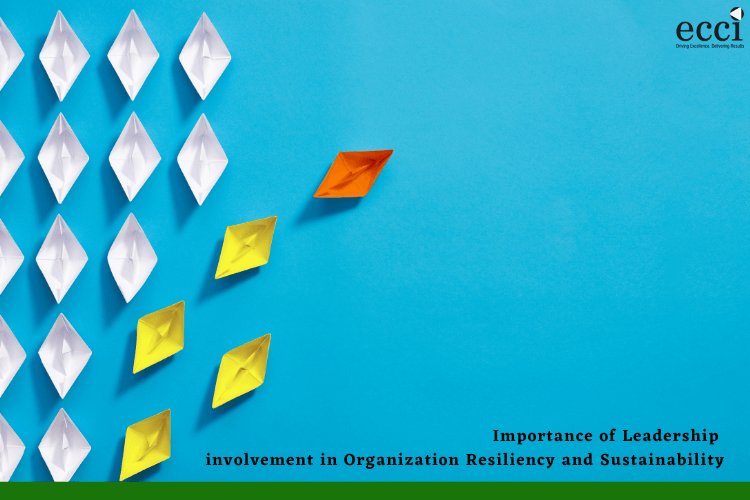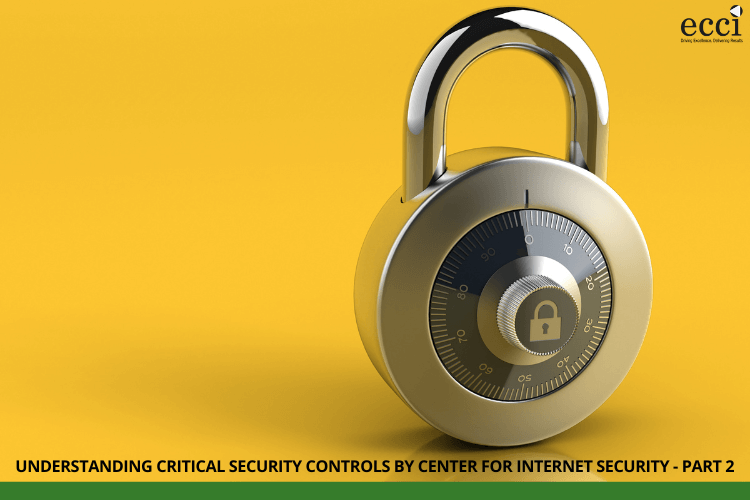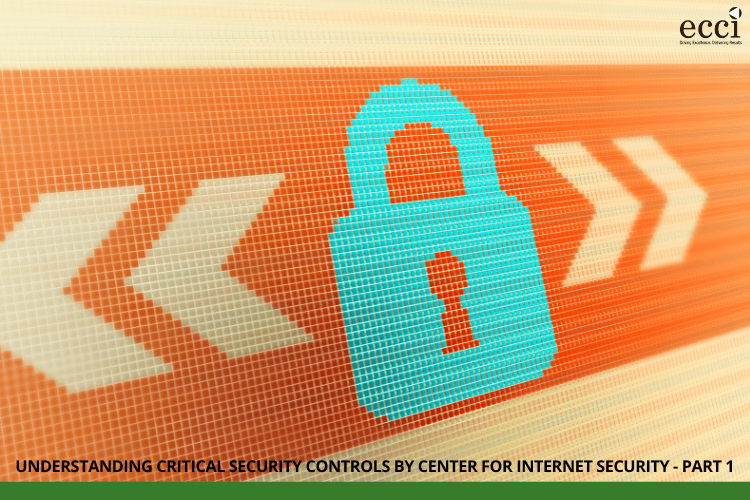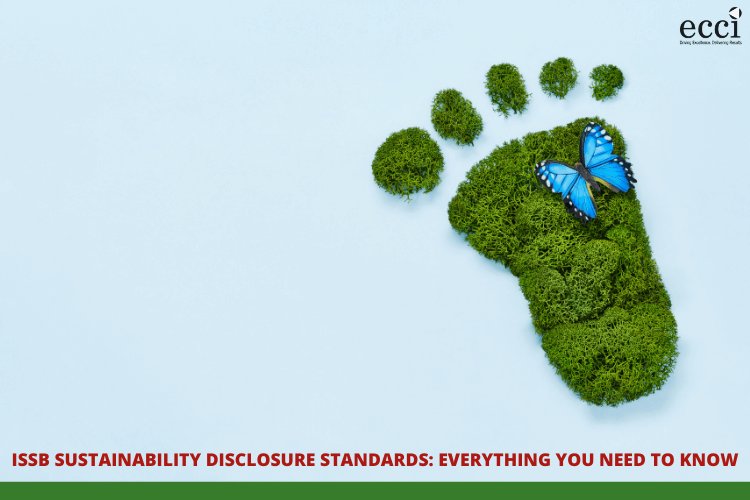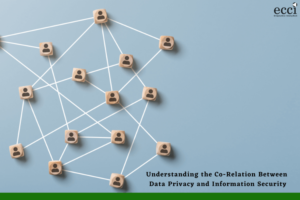“The role of leadership is to transform the complex situation into small pieces and prioritize them.” – Carlos Ghosn
Leadership is the compass that transforms complexity into manageable pieces, and through discernment and strategy, sets priorities that lead to resilience and sustainability. In a world where change is the only constant, the survival and success of any organization hinge on its ability to adapt and endure. It’s a demanding landscape that beckons leaders to not just set the course but to craft a resilient and sustainable voyage.
But what exactly do we mean by organizational resilience and sustainability?
Organizational resilience is the ability to withstand shocks, adapt to unforeseen circumstances, and emerge stronger from adversity. It’s the measure of an organization’s capacity to weather the fiercest storms without losing its essence.
Sustainability, on the other hand, transcends profit margins and growth charts. It encompasses an organization’s commitment to minimizing its environmental footprint. It includes fostering social responsibility. Finally, it also covers ensuring long-term viability in a world that increasingly values purpose-driven endeavors.
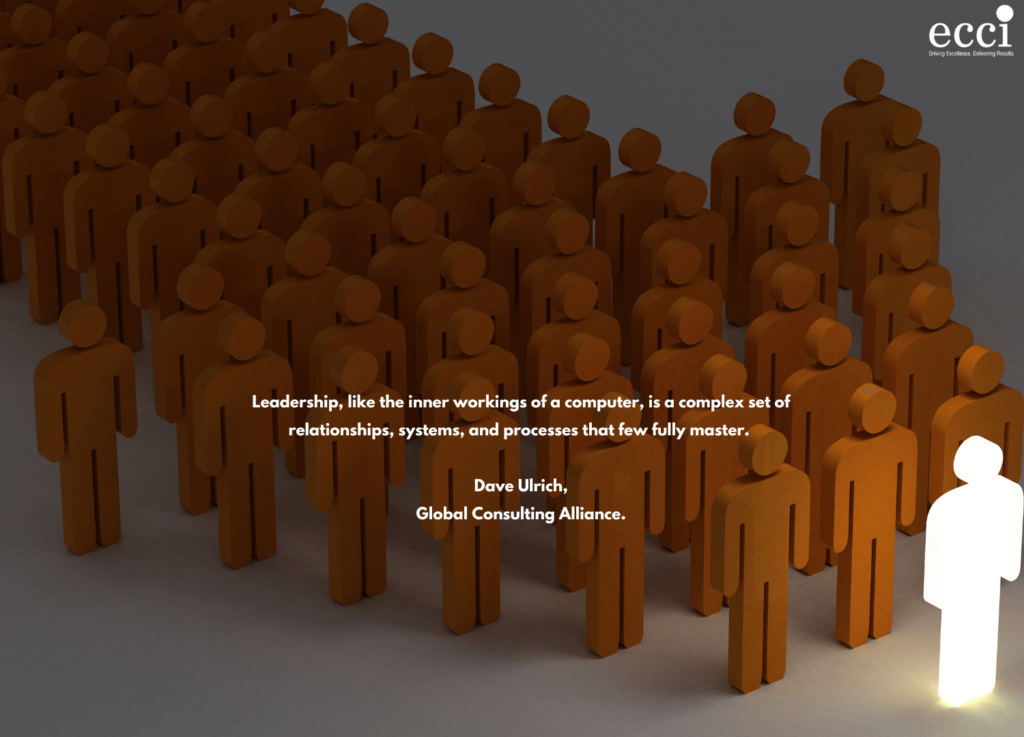
Now, why is leadership at the epicenter of achieving these goals?
Imagine a leader as the captain of a ship navigating through a storm. Without a skilled and vigilant captain, the ship risks being tossed about by turbulent waves, potentially leading to disaster. Leadership in organizations is no different. It’s about steering through crises, identifying opportunities amidst challenges, and charting a course that ensures the organization not only survives but thrives.
As we embark on this journey together, we’ll dissect the intricate interplay between leadership and organizational resilience and sustainability. Through real-world examples and thought-provoking insights, we’ll uncover why leadership is not just an option but an imperative for organizations seeking to turn complexity into clarity and chaos into opportunity.
The Role of Leadership in Organizational Resilience and Sustainability
Leadership plays a critical role in building organizational resilience and sustainability. Here are some key elements that leaders can focus on to create a resilient and sustainable organization:
Setting the tone for the organization’s culture and values
Leaders must establish a culture that prioritizes the well-being of employees and the organization as a whole. This can include promoting inclusivity, innovation, and adaptability.
According to a PwC survey, strong cultures drive better business outcomes. The survey of 3,200 workers in more than 40 countries found that employees’ perceptions about their work culture hinge on leaders’ actions and words. In turn, employees’ perceptions sway their own engagement — for good or ill.
3 straightforward leadership behaviours to set the tone for workplace culture
- Show Respect to Your Team
- Keep Everyone Informed and Explain Why
- Foster Accountability and Fairness
Remaining calm under pressure
Effective leaders remain calm and composed in the face of adversity. This can help employees feel more secure and confident in their ability to overcome challenges.
According to a study by TalentSmart, 90% of top performers were able to manage their emotions in times of stress to stay calm and in control. This emphasizes the importance of remaining calm under pressure to achieve success in the workplace.
3 strategies for leading under pressure
- Pause Before Taking Action
- Establish a Robust Support Network
- Grasp the True Situation at Hand
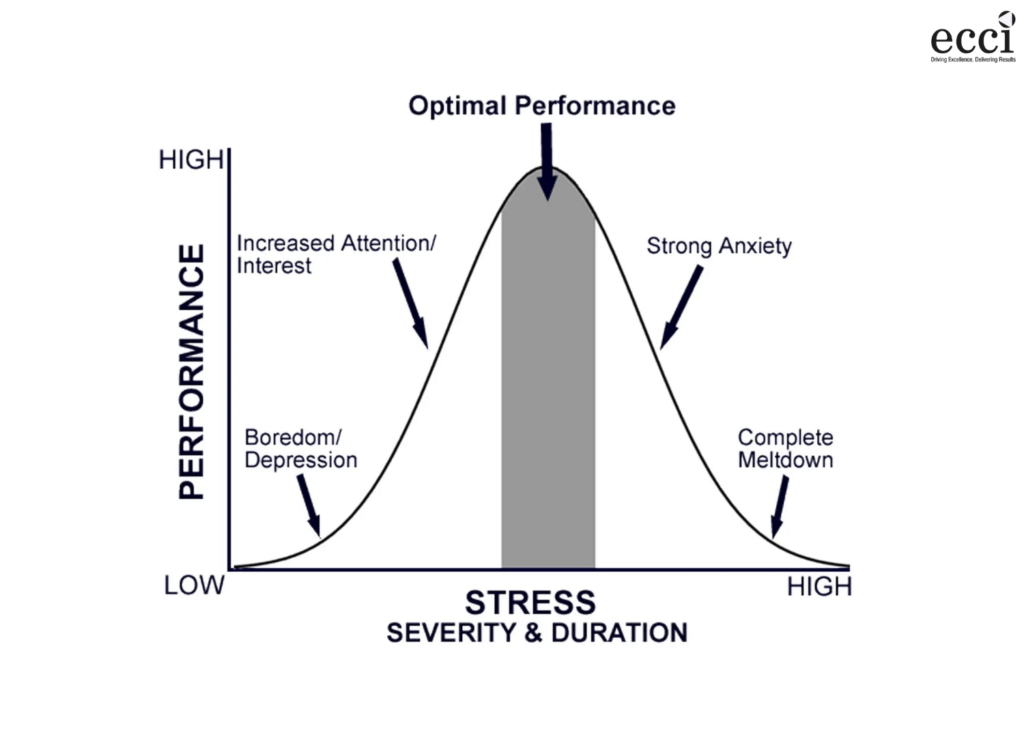
Fostering psychological safety
Leaders must create an environment where employees feel safe to speak up and share their ideas without fear of retribution. This can encourage innovation and collaboration across the organization.
A study by Google with the code name Project Aristotle, found that the number one predictor of team performance was psychological safety. Teams lacking psychological safety can lead to people feeling at risk of being blamed or shamed for their mistakes and sense that it is risky to disagree or admit failures.
4 ways leaders can boost employees’ psychological safety
- Rethink Mistakes
- Embrace Every Voice
- Value Contributions
- Guide Team Members in Mutual Support
Fostering shared responsibility
Leaders must promote teamwork and collaboration across the organization. This can include empowering employees to take ownership of their work and encouraging cross-functional collaboration.
Deloitte’s Human Capital Trends report ranked ‘Belonging’ as the top human capital issue that organizations face today. 73% of respondents stated that fostering a sense of belonging was important to their organization’s success, with 93% agreeing that a sense of belonging drives organizational performance. Leadership behavior plays a crucial role in reinforcing the value of fairness, respect, and safety, inspiring workers to feel united and part of an organization that values them.
Establishing governance
Leaders must establish clear governance structures that promote transparency and accountability across the organization. A governance operating model can assist the board and management in fulfilling their governance roles. Such a model is likely to enable the board and the executive leadership to organize the governance structure and the mechanisms by which governance is implemented.
By the same token, the lack of a governance operating model may lead to an incomplete or faulty governance structure. It could also lead to inconsistencies, overlaps, and gaps among governance mechanisms. Such inadequacies may lead to failure to enact governance policies that the board and management have put in place. The sheer complexity of governance and the huge number of related procedures and other mechanisms in a global financial institution may indicate a need for a governance operating model. The elements of such a model may exist within many large FSI companies.
However, those elements may not have been connected, rationalized, and organized to provide the consistent guidance and incentives that executives, risk managers, and business unit leaders require. A governance operating model has the potential to address this need. It can thus enhance management’s ability to implement governance and the board’s ability to exercise proper oversight.
Prioritizing change and innovation
A McKinsey report found that while 84% of corporate executives think innovation is key to achieving growth objectives, only 6% are satisfied with the innovation performance of their firm. A literature review published in Frontiers in Psychology found that leadership is the best predictor of innovation performance, and those who described their own organization as more innovative than other companies in its industry rated its leadership capabilities as “strong” or “very strong.”
These statistics suggest that prioritizing change and innovation is essential for achieving long-term success and sustainability in business. By managing innovation as part of the senior leadership team’s agenda, anticipating and adapting to changing customer preferences and regulatory changes, and investing in leadership development, businesses can achieve sustainable growth and innovation performance.
Having a strong vision and growth for the organization
83% of organizations agree that leadership development is important at every level of the company. This indicates the recognition of the role leadership plays in driving growth and success. Visionary leaders turn innovative ideas and grandiose visions into reality by taking action. Ensure that the long-term vision is the driver for strategy, resource allocation, and individual action. By incorporating the vision into the planning process, leaders can maintain a balance between short-term needs and long-term goals.
Empowering employees
Empowering leaders are much more effective at influencing employee creativity and citizenship behavior than routine task performance. By empowering their employees, these leaders are also more likely to be trusted by their subordinates, compared to leaders who do not empower their employees. Successful empowerment means providing guidance and guardrails for decisions. It includes ensuring accountability while stepping back and allowing others to make decisions.
6 important aspects of leadership empowering behavior
- Encouraging employees to develop their abilities
- Promoting employee autonomy
- Supporting employees to seek opportunities actively
- Attaching importance to teamwork
- Setting goals reasonably
- Strengthening employees’ self-management
Developing a sustainable leadership approach
Sustainable leadership seeks to maintain an appropriate balance between economy, society, and ecology while achieving high performance. Leadership styles have a significant impact on sustainable performance, and transformational leadership is the most effective style for achieving sustainable performance. This is actually a proven fact a systemic literature review on this has been published in ScienceDirect. Leaders must prioritize the well-being of employees and the organization as a whole. This can include promoting work-life balance, ethical business practices, and environmental sustainability.
By focusing on these key elements, leaders can create a resilient and sustainable organization that can thrive in the face of adversity.
Leading by example
Effective leaders lead by example and model the behavior they want to see in their employees. This can include demonstrating a commitment to sustainability and ethical business practices.
Real examples of leaders who have demonstrated resilient leadership in times of crisis
Indra Nooyi (Former CEO of PepsiCo): Indra Nooyi led PepsiCo through a period of significant change and disruption in the beverage industry. She successfully navigated challenges such as shifting consumer preferences and increased competition by fostering a culture of innovation and adaptability. Nooyi’s ability to embrace change and lead her organization through turbulent times exemplifies resilient leadership.
Satya Nadella (CEO of Microsoft): Satya Nadella took over as CEO of Microsoft during a time when the company was facing significant challenges. He successfully transformed the company’s culture and strategy, shifting its focus towards cloud computing and embracing a growth mindset. Nadella’s ability to lead Microsoft through a period of transformation and uncertainty demonstrates resilient leadership.

Mary Barra (CEO of General Motors): Mary Barra faced a major crisis when General Motors experienced a massive recall of faulty vehicles. She took immediate action to address the issue, implementing changes to improve safety and transparency within the company. Barra’s decisive leadership and commitment to accountability during a challenging time exemplify resilient leadership.
How leaders can promote organizational resilience and sustainability
Organizations and individuals can tap into the power of resilience to drive sustainability and inclusive growth. The resilient stance for organizations must be forward-looking, anticipating disruption rather than simply reacting, but continuously learning and amending based on experience.
Establishing a clear vision, mission, and goals for the organization
In the pursuit of organizational resilience and sustainability, leadership plays a pivotal role in shaping the path forward. To uncover the reasons behind the persistent gap between strategy and execution, a global survey by The Economist Intelligence Unit (EIU), in collaboration with the Brightline Initiative, interviewed 500 senior executives from companies with over $1 billion in annual revenue. The findings are telling: 90% acknowledge their struggles in meeting strategic objectives due to poor execution, with 53% feeling vulnerable to competitors due to insufficient delivery capabilities. This further cements the fact that to forge a resilient and sustainable organization, leaders must first lay a solid foundation by establishing a clear vision, mission, and goals. This not only provides a sense of purpose but also serves as a guiding star for every member of the team.
Encouraging open communication and collaboration
Leadership in an era of increasing disruption requires leaders to evolve beyond being directors who receive and give instructions up and down a vertical hierarchy. They have to evolve to being catalysts that empower and guide self-managing teams, fostering connection, dialogue, and cooperation across traditional organizational boundaries. This evolved approach cultivates trust, respect, and compassion and requires letting go of the power that comes with positional authority to embrace a stance of openness.
Empowering employees to take ownership of their work
To enable empowerment, managers should equip their employees with essential resources for making sound decisions and maintain a suitable degree of supervision and support from higher management throughout the decision-making process.
Promoting competency
Identify the unique strengths and competencies of each team member and delegate tasks, roles, and responsibilities accordingly. This approach helps to create a powerful synergy and focus within the team. Leaders should encourage team members to contribute their diverse skills, perspectives, and experiences to the team. It is also their responsibility to encourage team members to think creatively and come up with new ideas and solutions
Recognizing and rewarding employees for their contributions
According to the Society of Human Resource Management, 86% of companies implementing employee recognition initiatives observed a notable upswing in both employee happiness and job satisfaction. The provision of employee rewards and recognition consistently yields favorable outcomes by enhancing job performance, motivating employees, and elevating job satisfaction levels, thereby contributing to the overall improvement of employee engagement metrics.
How can organizations measure the effectiveness of their resilience and sustainability strategies and leadership
Organizations can measure the effectiveness of their resilience strategies and leadership in several ways. Here are some tools, techniques, and best practices:
Collaboration across departments and teams
In most organizations, no single individual has all the details necessary to effectively gauge the resilience of an entire organization. Collaboration across departments and teams that have different perspectives and expertise can provide a more comprehensive view of the organization’s resilience.
Measuring organizational resilience as a performance outcome
An alternative approach measures the relative resilience of an organization. Here the counterfactual is the observed performance of a group of organizations that did not experience the same crisis.
Surveys and questionnaires
Surveys and questionnaires, such as the Team Resilience Assessment Scale (TRAS), can be used to measure resilience levels, dimensions, and indicators.
Organizational assessment
An organizational assessment is necessary to truly know whether the enterprise is resilient and prepared for the next big challenge. Resilient leaders provide guidance and encouragement to their teams to keep them focused and moving forward.
Measuring work resilience at four levels
Work resilience can be measured at four levels: the individual worker, work teams, leadership, and overall work culture.
Developing a survey tool
Developing a survey tool that organizations can use to identify their strengths and weaknesses and to develop and evaluate the effectiveness of their resilience strategies and leadership.
Five indicators for evaluating organizational resilience
Optimism, agility, adaptability, collaboration, and leadership are five indicators for evaluating organizational resilience. Resilient organizations treat setbacks as temporary, specific challenges that can be overcome. They break down the problem to tackle it bit by bit, holding on to the confidence in their teams and capabilities.
Resilient organizations don’t just bounce back from misfortune or change; they bounce forward. They absorb the shocks and turn them into opportunities to capture sustainable, inclusive growth. Cultivating such organizational resilience is difficult. However, leaders who quickly assess the situation, reorient themselves, double down on what’s working, and walk away from what’s not can create better responses in the face of disruptions.
At ECCI, we specialize in guiding organizations toward a resilient future by nurturing leadership that drives sustainability. Explore our consulting options to elevate your organization’s resilience and sustainability. Need tailored solutions? Contact us today for a conversation on how we can customize strategies to suit your unique needs and goals. Your journey toward lasting success begins here.
Sustainable leadership practices can enhance organizational effectiveness, improve corporate financial performance, and help enterprises achieve profitable growth and sustainability. By emphasizing the importance of leadership to a sustainable organizational culture, organizations can build leadership capacity and create a culture of resilience and sustainability.

